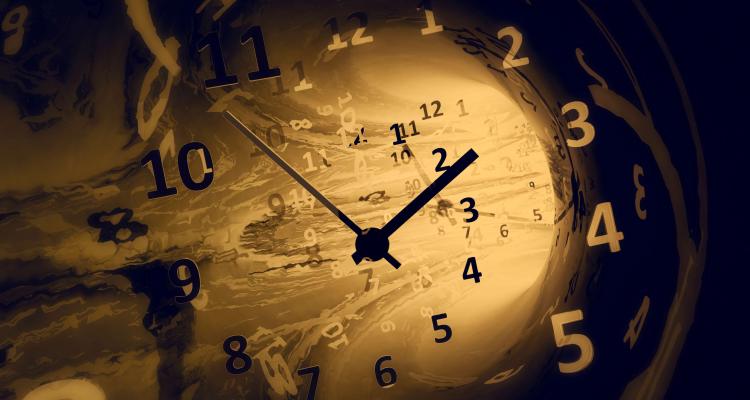Official Fellow, Dr David Arvidsson-Shukur and his colleagues, have discovered that by manipulating entanglement – a feature of quantum theory that causes particles to be intrinsically linked – they can simulate what could happen if one could travel backwards in time.
Simulations of hypothetical backwards time travel can improve experiments
Whether particles can travel backwards in time is a controversial topic amongst physicists. Nevertheless, physicists have models of how such spacetime loops could behave if they did exist. One can simulate these models by manipulating quantum entanglement. Entanglement consists of strong correlations that quantum particles can share and classical particles—those governed by everyday physics—cannot. In this work, Dr Arvidsson-Shukur and his colleagues show that such simulations can solve problems that appear impossible to solve in chronology-respecting theories.
The group explains: "If an experimentalist learns that they ought to have acted differently than they did in the past, they can, in some cases, use our theory to retroactively change her previous actions. Variations on our theory can be used to broaden the use cases of quantum metrology, the field of improving measurements using quantum effects."
David Arvidsson-Shukur said: “The effect is remarkable, but it happens only one time out of four!. In other words, the simulation has a 75% chance of failure. But the good news is that you know if you have failed. If we stay with our gift analogy, one out of four times, the gift will be the desired one (for example a pair of trousers), another time it will be a pair of trousers but in the wrong size, or the wrong colour, or it will be a jacket.”
This work was supported by the Sweden-America Foundation, the Lars Hierta Memorial Foundation, Girton College, and the Engineering and Physical Sciences Research Council (EPSRC), part of UK Research and Innovation (UKRI).
For more information, please visit:

